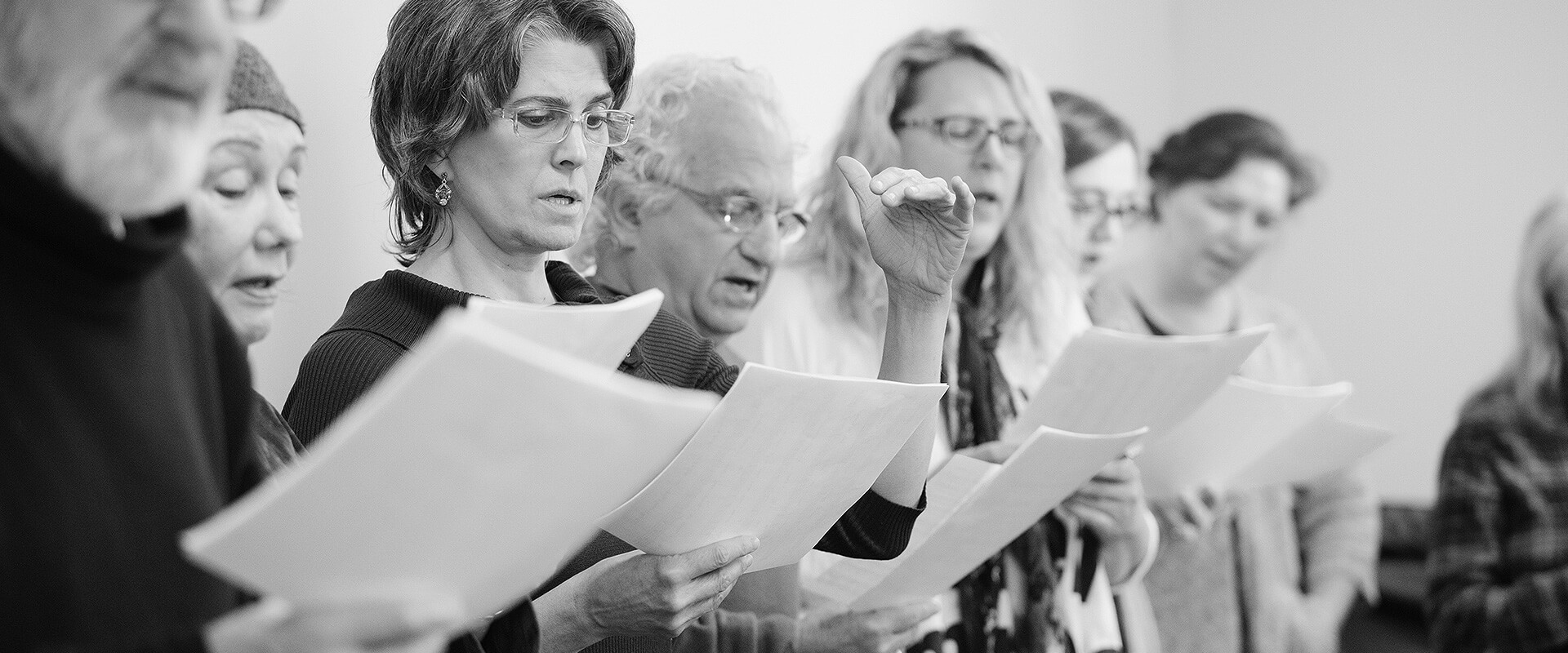Physiology: How various parts of the body work in relation to singing
-
Diaphragm
The primary muscle used in breathing is called the diaphragm. For more information, please see
-
Intercostals
Located between the ribs themselves, there are two layers of muscles called the Intercostals. For more information, please see
-
Abdominals
There are several layers of abdominal muscles which have various functions related to posture and movement. For more information, please see
-
Vocal Cords
When we speak or sing the vocal cords are small muscles that have the refined, unique and delicate task of vibrating. For more information, please see the
-
Epithelium
The vocal cords are covered by a mucus membrane which is called the Epithelium. For more information, please see
-
Larynx
The larynx functions best when given a freedom of movement and left to do its job without adding unnecessary stress. For more information, please see
-
Pharynx
The pharynx is the most important resonating chamber of the voice because of its proximity to the cords and its height. For more information, please see
-
Nasopharynx
The nasopharynx is another important resonating chamber which helps color the sound of your voice. For more information, please see
-
Nasal Cavities & Sinuses
The nasal passages are important resonating chambers which help colour the sound of your voice. For more information, please see
-
Soft Palate
The soft palate, as the name suggests, is made of soft tissue. It has an important job to do in coloring your sound. For more information, please see
-
Tongue
The tongue is the most complex muscle of the body. It shapes your vowels and is responsible for the direction of airflow in the mouth. For more information, please see
-
Lips
The lips are also involved in forming certain vowels. Lips that are too closed will ‘swallow’ your sound. For more information, please see
-
Jaw
The jaw moves like a swing, rotating from its upper-most point like a pendulum or a hinge. For more information, please see
-
Neck
The neck has several functions in singing. Not only does it house the larynx, where the vocal chords are located, it is an important resonating chamber. For more information, please see
-
Posture
Posture is such an important subject in singing because it affects everything you do as a singer. For more information, please see
For more information or to book a private lesson, please go to the contact page.
 Montreal Voice Coach
Montreal Voice Coach